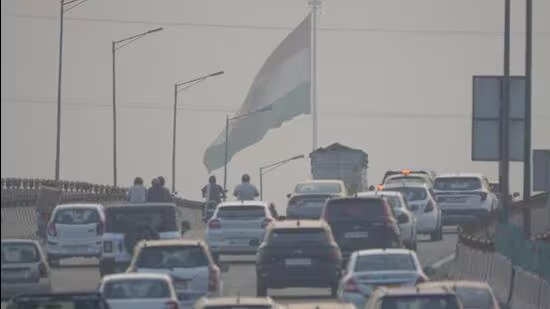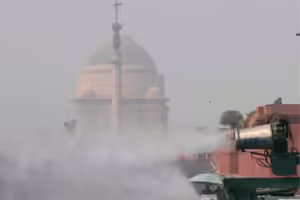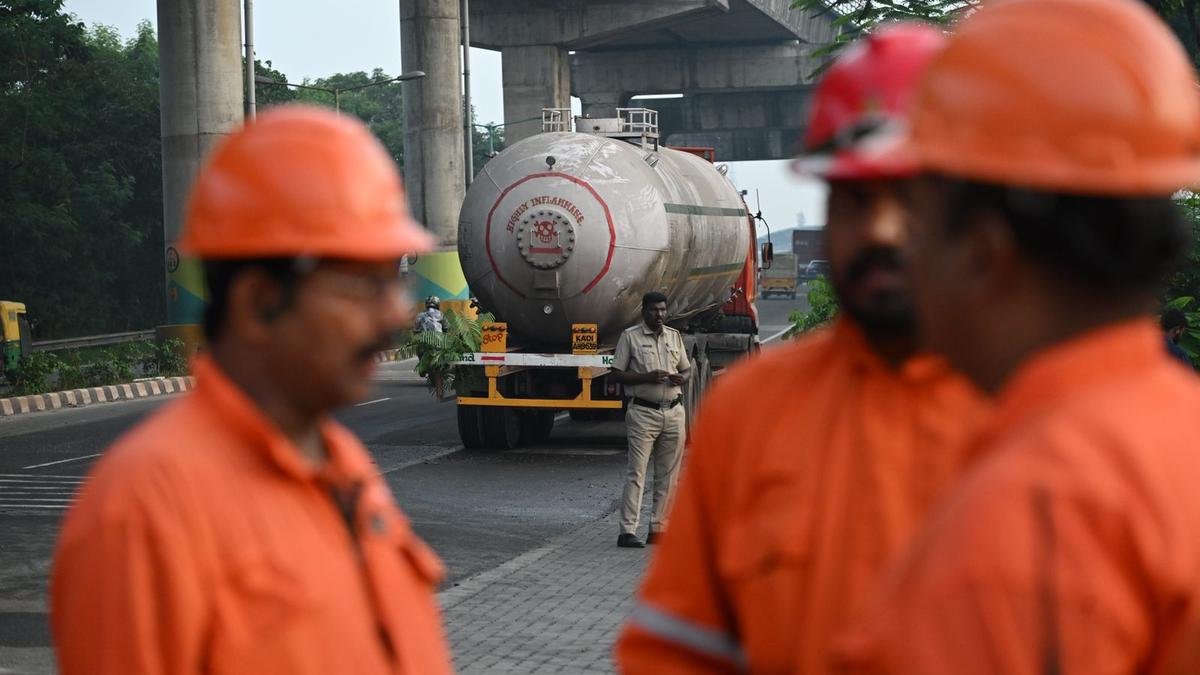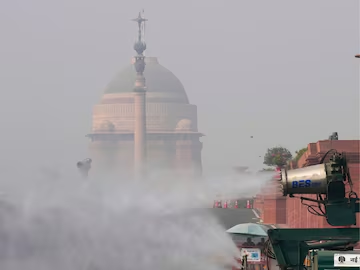Delhi air quality remains in ‘very poor’ category

The Early Warning System (EWS) for Delhi, as per the Centre, predicts that Delhi’s air quality index (AQI) will continue to be very poor until Saturday. Moreover, there is a possibility that the AQI might deteriorate to severe levels, surpassing 400 by next week.
For the fourth day in a row, Delhi experienced ‘very poor’ air quality on Thursday morning, registering an average air quality index (AQI) of 328 at 9 am.
The air quality has seen enhancement since the disappointing reading of 364 on Wednesday at 4 pm, thanks to a rise in wind speed ranging from 15 to 20 km/hr, which has aided in dispersing pollutants effectively.
The Early Warning System (EWS) from the Centre has forecasted that Delhi’s air quality index (AQI) will linger in the very poor category until Saturday. Furthermore, there is a possibility of the AQI deteriorating to severe levels, surpassing 400 as the week progresses.
On Monday, the Air Quality Index (AQI) deteriorated to ‘very poor’ levels for the inaugural time this winter season, leading the Commission for Air Quality Management (CAQM) to activate stage-2 of the Graded Response Action Plan (GRAP).
Thursday’s average Air Quality Index (AQI) in Delhi was determined using data from 33 out of the 40 ambient air quality monitoring stations in the city. Among them, Anand Vihar recorded the most severe impact with an AQI of 389. Out of these stations, 27 fell under the very poor category, while six were classified as poor.
The AQI classification by the Central Pollution Control Board (CPCB) categorizes a range of 0-50 as “good”, 51-100 as “satisfactory”, 101-200 as “moderate”, 201-300 as “poor”, 301-400 as “very poor”, and anything exceeding 400 as “severe”.
Air pollution in Delhi worsened on Wednesday due to a shift in wind direction to the northwest, leading to a surge in stubble burning emissions.
According to the Centre’s Decision Support System (DSS), the percentage of stubble burning contribution was recorded at 8% on Tuesday. The following day, the estimation rose to approximately 11.1%.
Mahesh Palawat, Skymet’s vice president, highlighted that the prevailing wind direction is expected to stay predominantly northwesterly over the upcoming two to three days. This indicates that in case of high farm fire incidents, there is a possibility of a surge in the Air Quality Index (AQI).
On Thursday, Delhi experienced a minimum temperature of 20.7°C, surpassing the normal by three degrees and exceeding Wednesday’s minimum by 0.2°C. The expected maximum temperature for Thursday is approximately 35°C.














